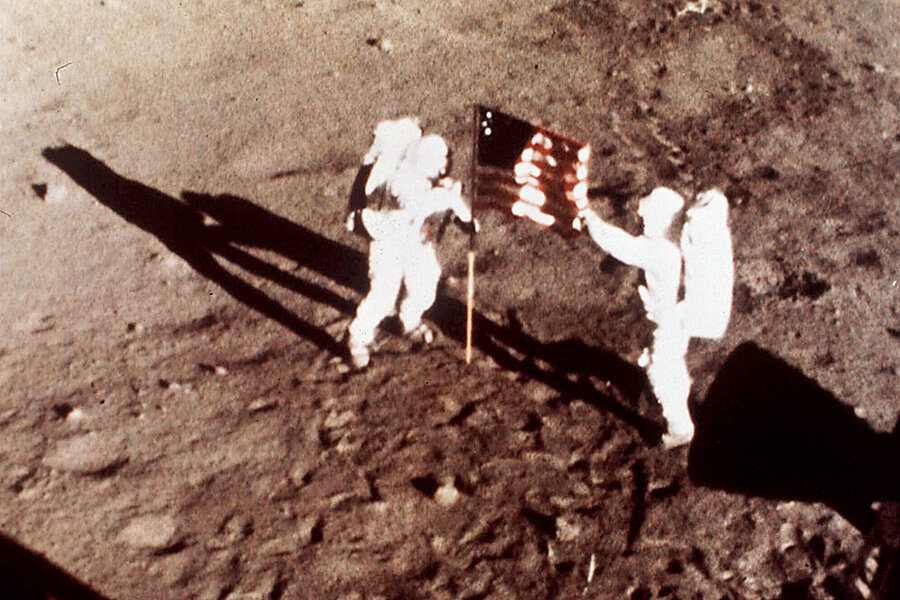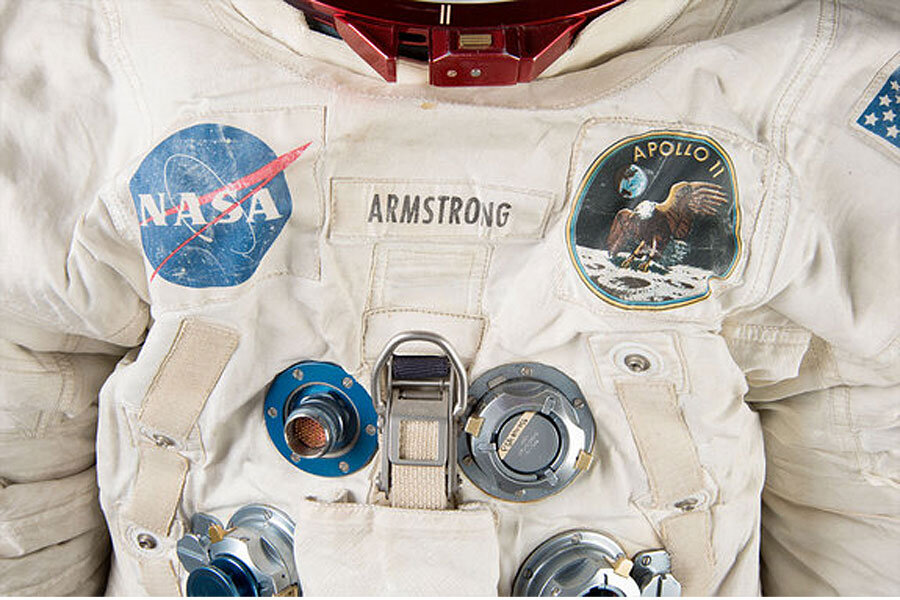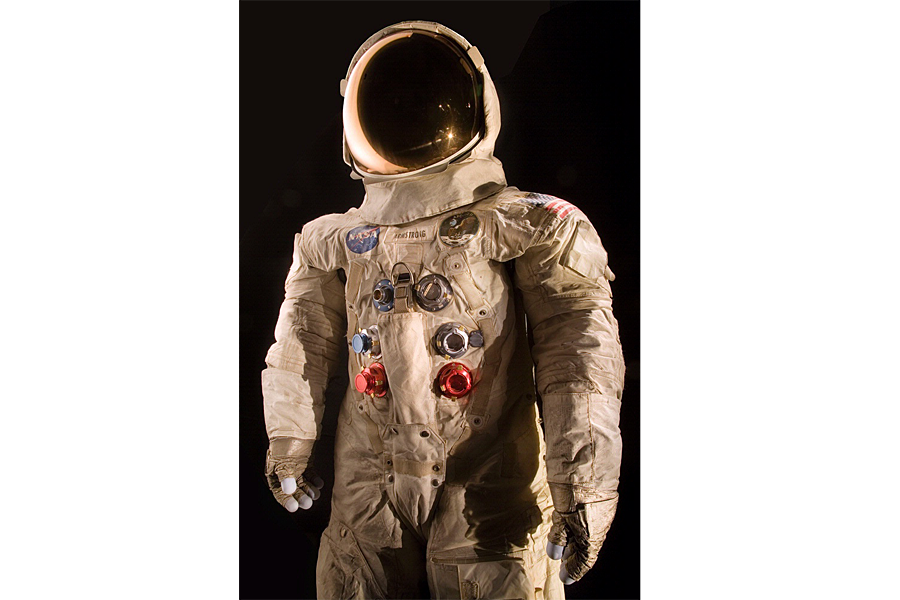Success in Kickstarter campaign to save Neil Armstrong's spacesuit
Loading...
| Washington
The National Air and Space Museum has increased its goal for a crowdfunding campaign to conserve the spacesuit Neil Armstrong wore on the moon and now hopes to raise $700,000.
The campaign began Monday on Kickstarter and met its initial $500,000 goal within five days. As of Saturday, the campaign raised about $525,000.
Now the museum hopes to raise more money to conserve Alan Shepard's Mercury spacesuit. The museum aims to conserve, digitize and display Shepard's suit. Shepard made the first American manned space flight in 1961.
The Smithsonian has partnered with Kickstarter for a series of crowdfunding projects. The spacesuit effort is the first, and it will run for 24 more days.
Armstrong's spacesuit will be displayed temporarily in 2019 and in a new exhibit planned for 2020.
Copyright 2015 The Associated Press. All rights reserved. This material may not be published, broadcast, rewritten or redistributed.









